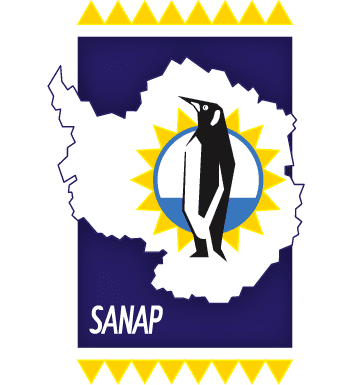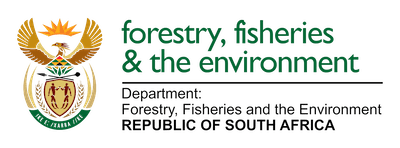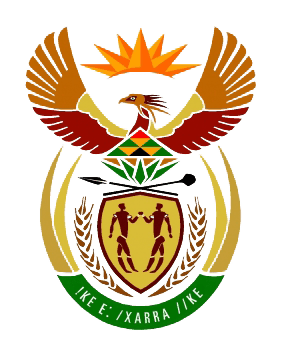South Africa’s permanent presence on the Antarctic continent commenced shortly after the Norwegians announced the evacuation of their Antarctic base, which was established for the International Geophysics Year (IGY), in the Dronning Maud Land region (approximately 4000 km south of Cape Town). This base was taken over by South Africa in 1959, during the first South African National Antarctic Expedition (SANAE), under the leadership of J.J. ‘Hannes’ la Grange (also Senior Meteorologist of the team).
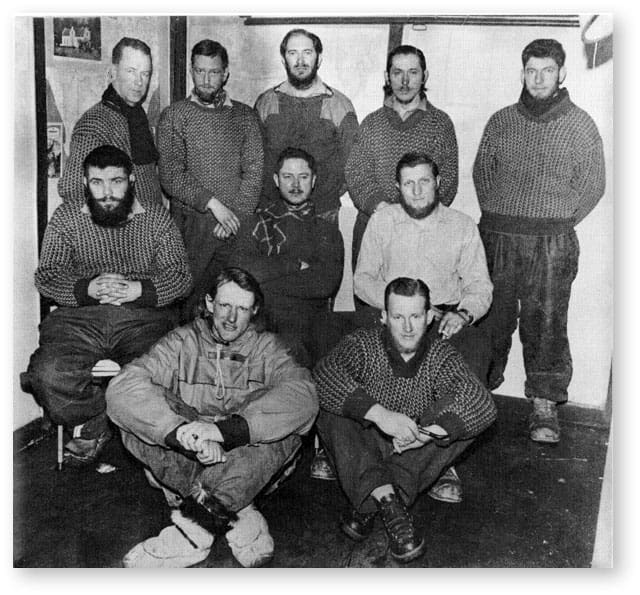
1st SANAE Overwintering Team of 1960 (L-R: André van der Merwe, Dick Bonnema, Hannes la Grange, Marten du Preez, Blackie de Swardt).
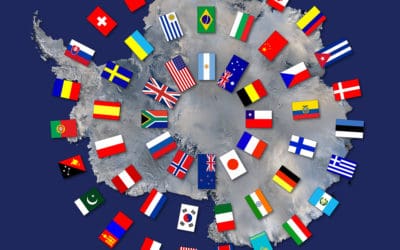
Antarctic Treaty counties: Argentina, Australia, Belgium, Chile, France, Japan, New Zealand, Norway, South Africa, United Kingdom, United States and USSR.
In the same year, South Africa, along with eleven other countries signed the Antarctic Treaty, hence SA is one of the founding members of the Antarctic Treaty System (ATS), and however South Africa never made a territorial claim in Antarctica, is seen as a “consultative party” within the Antarctic Treaty, due to its legitimate interest in Antarctica (Viall 1991).
The Antarctic Treaty can be described as “agreements and arrangements which regulate international relations and activities in Antarctica” (Viall 1991). The aim of the Antarctic Treaty was to ensure that Antarctica (the area south of 60° S latitude) would be used for no other than peaceful purposes. The Antarctic Treaty also stipulates that military activities, nuclear explosions and the disposal of radioactive waste are prohibited in Antarctica (The Antarctic Treaty, 1959). Read more here.
South Africa has certain obligations to the ATS regarding conservation on Antarctica and on its sub-Antarctic islands and form part of the Conservation of Albatrosses and Petrels (ACAP) and Convention for the Conservation of Antarctic Marine Living Resources (CCAMLR).
The Antarctic Treaty Consultative Meeting (ATCM) kicked off in 1961 and was held biennially, however since 1994 it became evident that this meeting should be held annually. As stipulated by the Secretariat of the Antarctic Treaty, ‘the meeting is hosted by Consultative parties according to the alphabetical order of their English names’.
This year the meeting in held in Prague, France. South Africa’s delegation consists of:
- Chief Director: Specialist Monitoring Systems (Mr L. Fikizolo) – HoD
- Director: Earth Systems Strategies (Mr M. Dopolo),
- Acting Director: Integrated Projects and International Coordination (Mr Y. Mngxe),
- State Law Advisor: Department of International Relations and Cooperation (Ms R. Brammer).
Furthermore South Africans, Richard Skinner (previously with the South African Department of Environmental Affairs and a long-time participant within the South African National Antarctic Programme) and Lize-Marié van der Watt (Doctor of Philosophy at KTH Royal Institute of Technology, Stockholm, Sweden) are currently also at this meeting as part of the Antarctic Treaty Secretariat support staff.
References:
The Antarctic Treat (1959) http://blogs.sun.ac.za/antarcticlegacy/wp-content/blogs.dir/189/files/2015/10/The-Antarctic-Treaty1.pdf
Viall JD (1991) South Africa: The Road to the Antarctic Treaty. South African Journal of Antarctic Research, Volume 21:125-128.
Anché Louw, Antarctic Legacy of South Africa, 11 July 2019.
